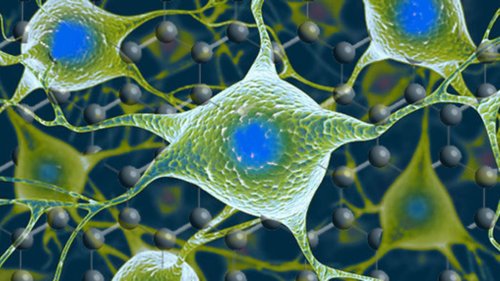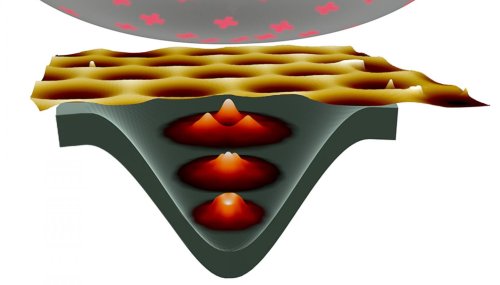
Scientists-neuroscientists have long been seeking new ways of introducing different types of electrodes that effectively interact with neurons in the human brain. These electrodes can read brain of information and to stimulate artificially the cells of the nervous tissue, which can become one of methods of treatment of certain neurological diseases such as Parkinson’s disease. And last month a group of researchers from Italy and the UK was able to demonstrate how graphene, one of the most amazing materials in the world, can interact with neurons.
It should be noted that this is not the first attempt of researchers use graphene to create interfaces between the brain and electronics. However, all previous attempts of graphene electrodes can only provide a signal with low level and low value of the ratio signal/noise. But the efforts of scientists from the University of Trieste, Italy, and Cambridge University, UK, were unsuccessful due to the fact that they used a raw electrodes made of graphene.
And finally, it should be noted that these works were carried out in the framework and under the funding of the project Graphene Flagship, the European initiative, which aims at connecting areas of theory and practice to reduce the CPU time required by every “graphene technology” on the path from the laboratory to the final customer.






